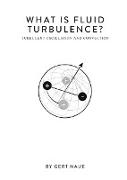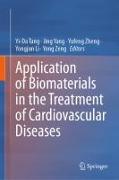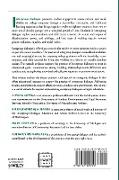What is fluid turbulence?
BücherAngebote / Angebote:
This book presents an innovative wave structure theory of turbulence. The most important advancement is the provision of turbulence parameters of the optimal self-organization of turbulence from theoretical investigations via information entropy assessments. The new theoretical results are in very good agreement with the experimentally confirmed results of turbulent convection velocity fields at free and forced turbulence. In connection with the logarithmic wall law, it is shown that there is no viscous sublayer.The formulation of the oscillation problem of turbulence and the solution of boundary value tasks with coordinate systems adapted to the specific task are provided for many technically significant turbulent flows, including smooth and rough pipe flow, confusor and diffuser flow, swirl flow, stirrer flow, inlet flow, intermittency, wake flow and free jets. An epistemological component of the innovation is the representation of turbulence by con-travariant vector fields which are characterized by the stability of the turbulence structures at changed structural density. The turbulence structures act as active momentum transmitters of refracted monopoles, dipoles, tripoles and quadrupoles in the flow field. The dissipation mechanism with regard to the processes in turbulence structures is, for the first time, qualita-tively and quantitatively described.The transition from the contravariant turbulence velocity field to the covariant convection velocity field induce refraction and entanglement.The principles of turbulence act as fractal principle, reflection principle, entanglement principle, refractive principle and convolution principle.The wave structure theory of turbulence provides an arraying tool for further investigations into numerous open problems.
Folgt in ca. 10 Arbeitstagen




